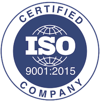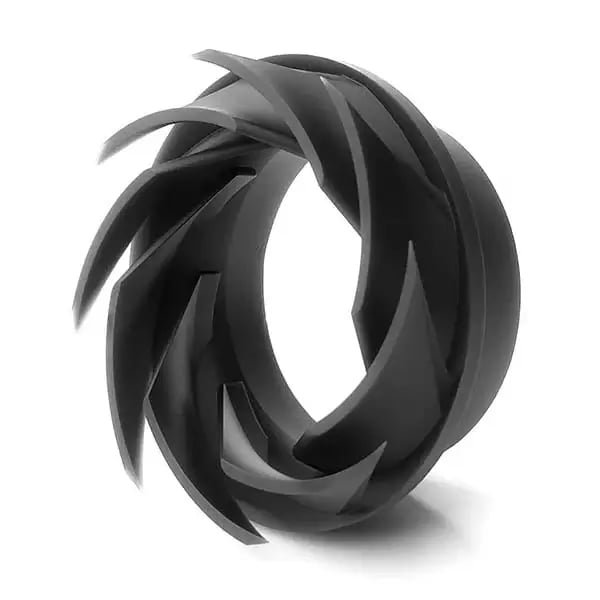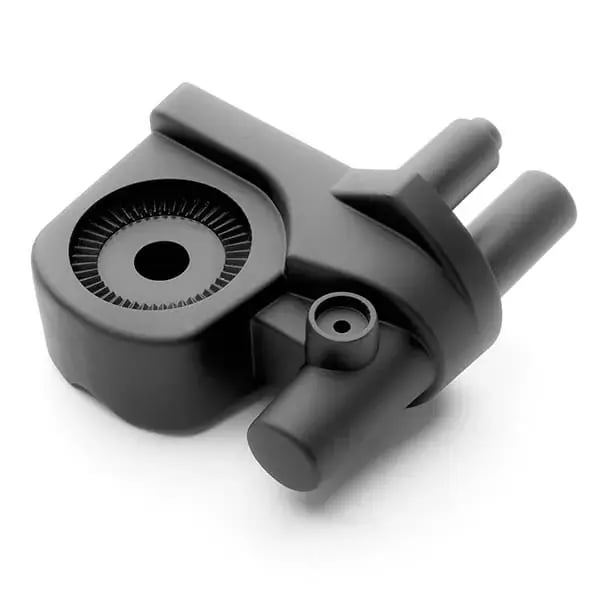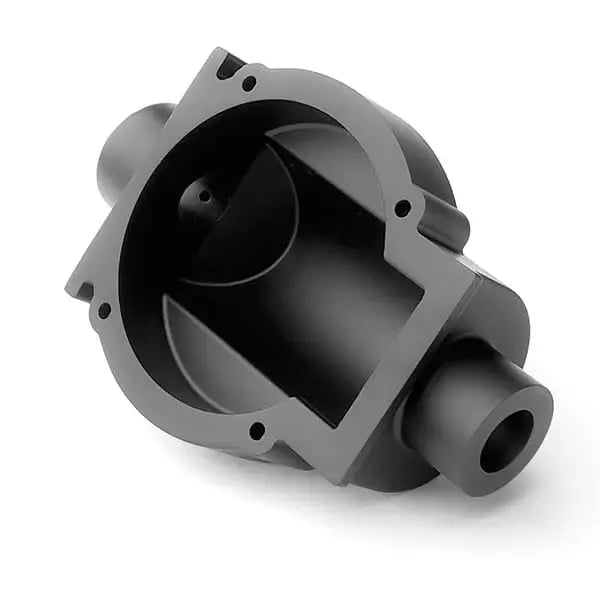VERSATILE W135 RESIN
The High-Performance 3D Printing Material for Prototyping, Automotive, and Consumer Electronics
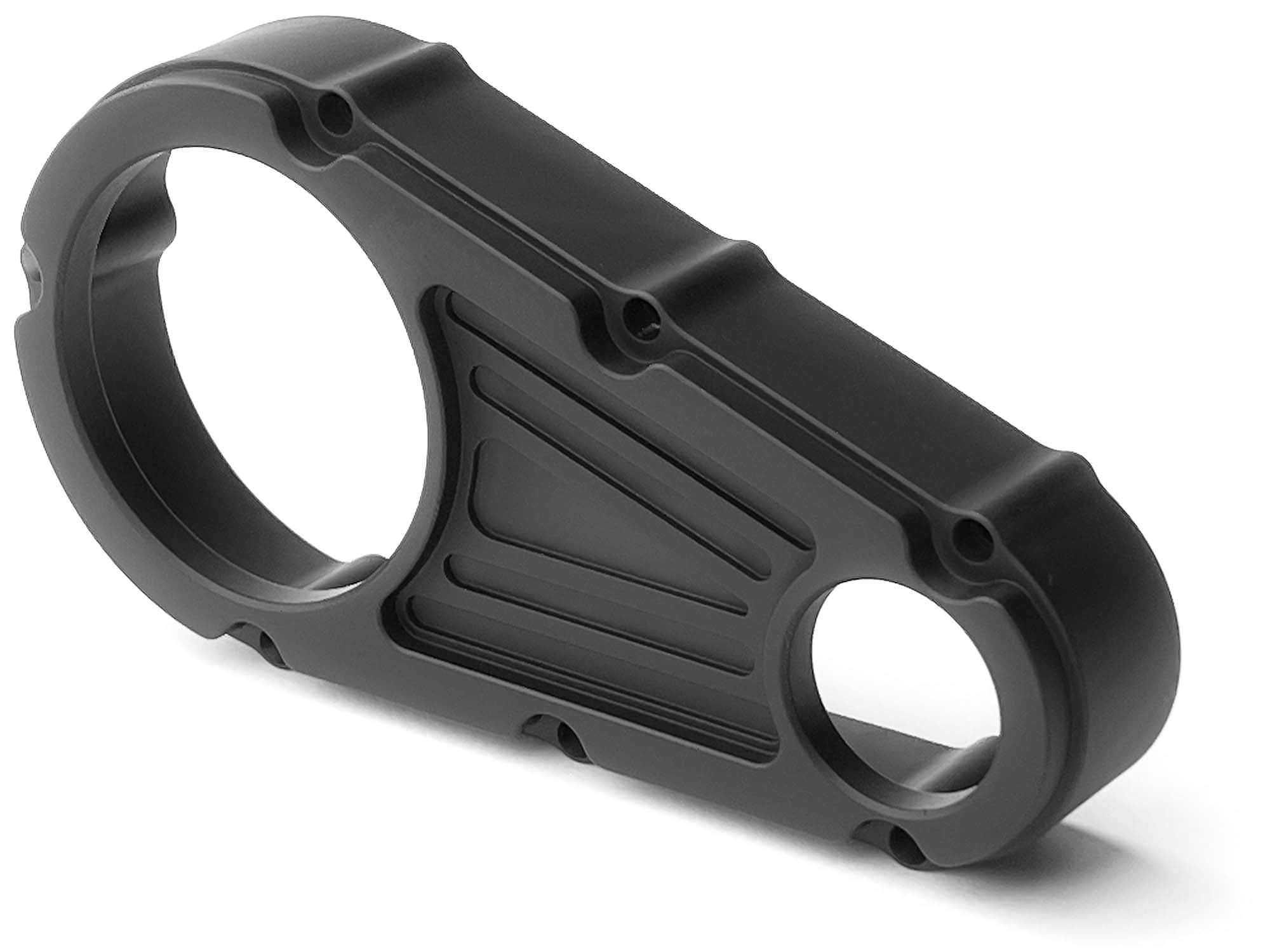
PROS
- Excellent Isotropy
- Long-Term Stability
- Balanced mix of Properties
CONS
- Translucency in Thin Sections
- Limited Color Options
MAIN FEATURES
- 3D Printing process: MSLA
- Tolerances: ± 0,30mm < 100mm / ± 0,3% > 100mm
- Max size: 274x155x400 mm (10.8x6.1x15.7 in)
- Lead time: <2 days
VERSATILE W135 RESIN 3D PRINTED VIDEO GALLERY
Excellent Isotropy
This resin offers uniform mechanical properties in all directions, making it ideal for complex structures where strength and integrity are required from various angles. This feature minimises weak points and promotes structural uniformity, offering greater confidence in the performance of the resin in different applications.
Long-Term Stability
W135 Resin maintains its structural and thermal characteristics over an extended period, ensuring the durability of the 3D printed parts. This long-lasting stability makes it an ideal choice for applications that require a material to withstand the test of time without degradation.
Balanced Mix of Properties
This resin provides an excellent combination of mechanical strength and thermal resistance, making it highly versatile for a range of applications. Its balanced profile ensures that it can meet the diverse needs of industries such as automotive and consumer electronics without compromising on performance.
IMAGE GALLERY
QUOTE NOW YOUR PARTS
free instant quoteCOMMENT
Versatile W135 Resin is a 3D printing material that owes its name to its numerous uses in additive manufacturing. It is a viable substitute for injection moulding for both prototyping and production runs, and typically finds application in automotive, electronics and consumer goods.
Pros
• Excellent Isotropy
This resin offers uniform mechanical properties in all directions. This is an essential feature for complex structures where strength and integrity are needed from various angles.
The isotropic nature of this resin avoids the need for specific build orientations during the 3D printing process.
As a result, you can expect a more straightforward design-to-manufacturing workflow, saving you time and resources.
• Long-Term Stability
W135 Resin is thought to maintain its structural and thermal features over an extended period, giving you long-lasting, reliable 3D-printed parts.
Lower maintenance costs and higher reliability make it an ideal choice for long-term projects and applications where part longevity is crucial.
This stability extends to resisting environmental factors such as humidity and temperature changes, further enhancing its suitability for tough applications.
• Optimal Balance of Properties
With an excellent blend of mechanical strength and thermal resistance, this resin is highly versatile, suiting a wide range of applications.
Whether you're dealing with high-temperature environments or need a material that can withstand mechanical stress, this resin is the one you are looking for.
Industries like automotive, aerospace, and consumer electronics will find this resin particularly useful due to its well-rounded performance profile, capable to meet multiple stringent requirements simultaneously.
Cons
• Translucency in Thin Sections
In some cases, the material may not be completely opaque in thin sections, which could be a limitation depending on the application.
• Limited Color Options
Currently, this resin is only available in black, which may limit its suitability for projects requiring multiple colors.
Comparison to other materials
ABS (Acrylonitrile Butadiene Styrene)
Isotropy: ABS lacks the isotropic characteristics of W135.
Stability: ABS has good stability but is prone to warp if not properly managed.
Mechanical & Thermal Properties: ABS has good mechanical properties and better thermal characteristics.
PETG (Polyethylene Terephthalate Glycol)
Isotropy: PETG shows more uniform properties than PLA and ABS but not as uniformly excellent as W135.
Stability: PETG is stable over the long term, but the W135 resin still outperforms it in this regard.
Mechanical & Thermal Properties: PETG offers a good balance but isn't as versatile as W135 in both mechanical strength and thermal stability.
Nylon PA12
Isotropy: Nylon materials generally show good isotropic behavior but not as consistently as W135.
Stability: Nylon is generally stable but it absorbs moisture, which can compromise its long-term reliability.
Mechanical & Thermal Properties: Nylon has good mechanical properties but lacks the thermal stability offered by W135.
Conclusions
Finally, Versatile W135 Resin shows a strong case for a go-to material in various industries, from automotive to consumer electronics. Its exceptional isotropy, long-term stability, and balanced mechanical and thermal properties make it a highly adaptable and reliable choice for 3D printing applications. While it has some drawbacks, such as limited color availability and translucency in thin sections, its overall performance profile often outweighs these limitations.
When compared to other common plastics like PLA, ABS, PETG, TPU, Nylon and Polycarbonate, W135 Resin offers a unique combination of attributes that can meet demanding project requirements. Whether you're looking to replace traditional injection molding techniques or need a high-performance material for complex assemblies, Versatile W135 Resin could very well be the material you've been searching for.
"Highly Impressed with W135 Resin! Used it for an automotive project and it delivered on all fronts—uniform strength, durability, and thermal resistance. A must-try for serious engineering work."
PROPERTIES
| Tensile breaking load | 69 MPa |
| Modulus of elasticity | 2940 MPa |
| Elongation at break | 8 % |
| Density | 1,1 g/cm³ |
| Melting temperature | - |
| Hardness | 89 D |
| Yield strength | - |
Questions and answers
The most durable resin depends on the context of use and the type of stresses the material must withstand. However, some resins designed for 3D printing stand out for their excellent mechanical and thermal properties. For instance, high-performance technical resins, such as fibre-reinforced resins or industrial resins designed for extreme durability (e.g., Tough Resin), offer a combination of high tensile, flexural, and compressive strength. These materials are used for engineering applications, functional prototyping, and final components requiring structural strength and durability. In particular, in Weerg's catalogue, the Versatile W135 resin is one of the most durable due to its excellent isotropy and combination of mechanical strength and thermal stability. However, if even greater strength is required, some hybrid or specialised resins, such as those reinforced with glass or carbon, might be more suitable. If the context requires a resin resistant to high temperatures, the High-Temperature Resin could be the best choice. For an accurate selection, it is essential to understand the specific requirements of the application, such as loads, operating environment, and expected lifespan.
The Versatile W135 resin is a 3D printing material distinguished by several key features. First, it offers excellent isotropy, ensuring uniform mechanical properties in all directions, making it ideal for applications requiring structural reliability. Additionally, it provides long-term stability, maintaining its mechanical and thermal properties over time, ensuring the durability of the components produced. Its balance between mechanical and thermal strength makes it suitable for a wide range of sectors, including prototyping, automotive, and consumer electronics. However, it is worth noting that in thin sections, it may appear translucent. Regarding its technical properties, the W135 resin has a density of 1.1 g/cm³ and a water absorption at saturation of 0.23%. It is not suitable for food contact. It has a tensile strength of 69 MPa, an elongation at break of 8%, and a modulus of elasticity of 2940 MPa. The flexural strength is 135 MPa, the resilience is 20 kJ/m², and the hardness is 89 Shore D. The heat deflection temperature (HDT) at 0.45 MPa is 100 °C, while the Vicat softening temperature is 128 °C. The layer thickness is 0.10 mm, with maximum printing dimensions of 274x155x400 mm and tolerances of ± 0.30 mm for dimensions under 100 mm and ± 0.3% for dimensions over 100 mm.
The excellent isotropy of the Versatile W135 resin ensures that mechanical properties are uniform in all directions. This means that printed components maintain the same strength regardless of the orientation chosen during 3D printing. This advantage is crucial for applications requiring structural reliability, as it eliminates weak points related to geometry or build orientation. Isotropy also simplifies the design and production process. Engineers do not need to optimise the model to exploit the material’s strongest direction, saving time and resources. This feature is particularly useful for rapid prototyping and small-scale production, where consistency in mechanical properties is fundamental. In industries such as automotive, electronics, or mechanical engineering, this characteristic allows the creation of functional components that can withstand multi-directional stresses without compromising their structural integrity. The excellent isotropy, combined with the precision and surface quality offered by the Versatile W135, makes it an optimal choice for numerous applications.
The printing process used for the Versatile W135 is the MSLA (Masked Stereolithography Apparatus) technology. This method utilises a UV light source and an LCD screen to selectively cure the resin layer by layer, creating high-precision models. MSLA technology stands out for its ability to produce extremely fine details and smooth surfaces, making it ideal for applications requiring high aesthetic and geometric quality. Thanks to its uniform lighting, the printing speed is not affected by the model’s complexity but by its height, offering a significant efficiency advantage over other 3D printing processes.
QUOTE IN 1 SECOND WITHOUT COMMITMENT
DON'T WAIT: UPLOAD YOUR 3D FILE AND GET A QUOTE FOR YOUR PARTS NOW!
Upload your 3D file to get one step closer to manufacturing your parts.
free instant quote